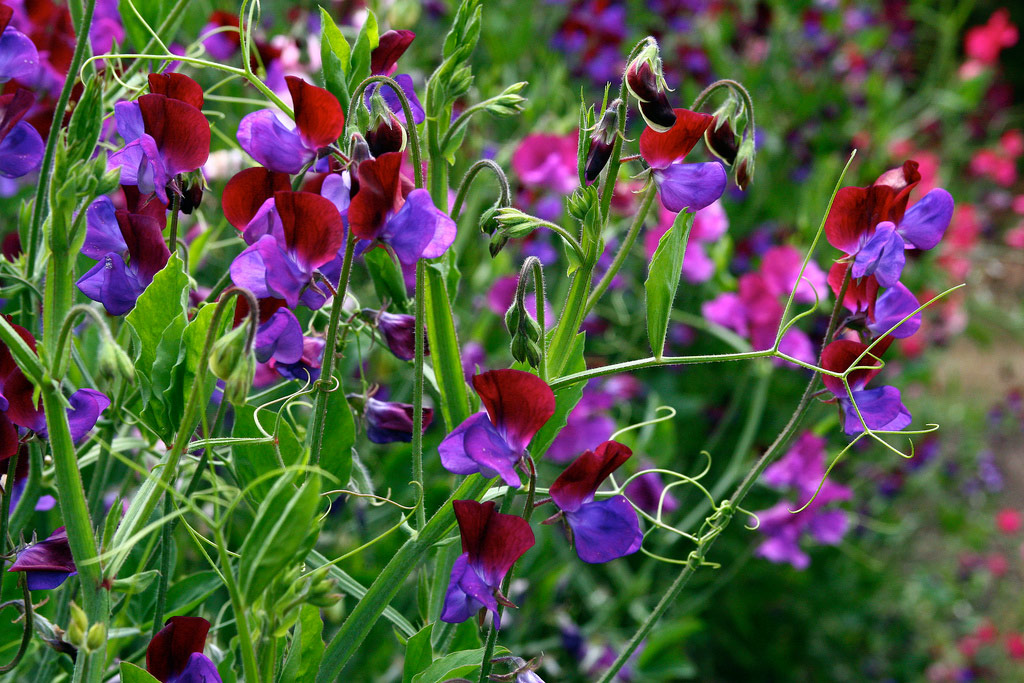Gardens with gorgeous autumn colour and berries will be at their peak during May and this helpful “to do” list will help you to keep on top of important gardening chores
- Water shrubs and plants with shallow root systems, like annuals and bulbs as well as azaleas and camellias, during dry spells in summer-rainfall areas.
- Collect seed from late-summer annuals like zinnias, cosmos, cleome (spider flower), gaillardias and hollyhocks.
- Lift gladioli corms; shake off the soil, then store in a cool dry place in paper or net bags; discard damaged bulbs. If lifting dahlias, keep them covered with slightly moist sand or sawdust to prevent them from drying out. Large clusters of Australian kangaroo’s paws can be lifted, divided or moved now. Leave modern-day hybrids alone.
- Take cuttings of plants like fuchsias, heliotrope and daisy bushes and soft sappy plants like impatiens and plectranthus which are intolerant of cold wet weather.
View our step-by-step instructions on taking softwood cuttings.
- Trim flower stalks from old liliums leaving a stump to mark their position. Buy lilium bulbs; keep them moist or plant them temporarily in pots.
- Pinch off faded flowers from Iceland poppies, calendulas, nicotianas, violas and pansies to encourage further flowers.
- Make a note of the position of summer-flowering arums and other plants like hostas and eucomis which die back in winter.
- Foliar feed all existing annuals and bulbs fortnightly or use an organic fertiliser before the cold weather sets in. Sweet peas and leafy cool-weather vegetables like broccoli and cabbage can be given a high-nitrogen fertiliser as should larkspur and stocks that are looking a bit anaemic.
- Cover frost sensitive plants in colder regions with lightweight, commercial fleece, hessian, straw or cardboard boxes.
- Lay down thick mulch around frost susceptible plants to insulate the roots: bales of straw are an easy, economical option; apply rough compost, or for acid lovers, use pine needles and bark chips; protect compost from heavy rain. In dry winter areas, occasionally sprinkle your compost heap with water.
- Add fallen leaves from deciduous trees to the compost bin or recycle them by tucking handfuls under shrubs.
- Clean up under hedges; clear out gutters and drains; rake up fallen leaf litter and other debris; loosen the soil to expose insect pests which may be sheltering there.


